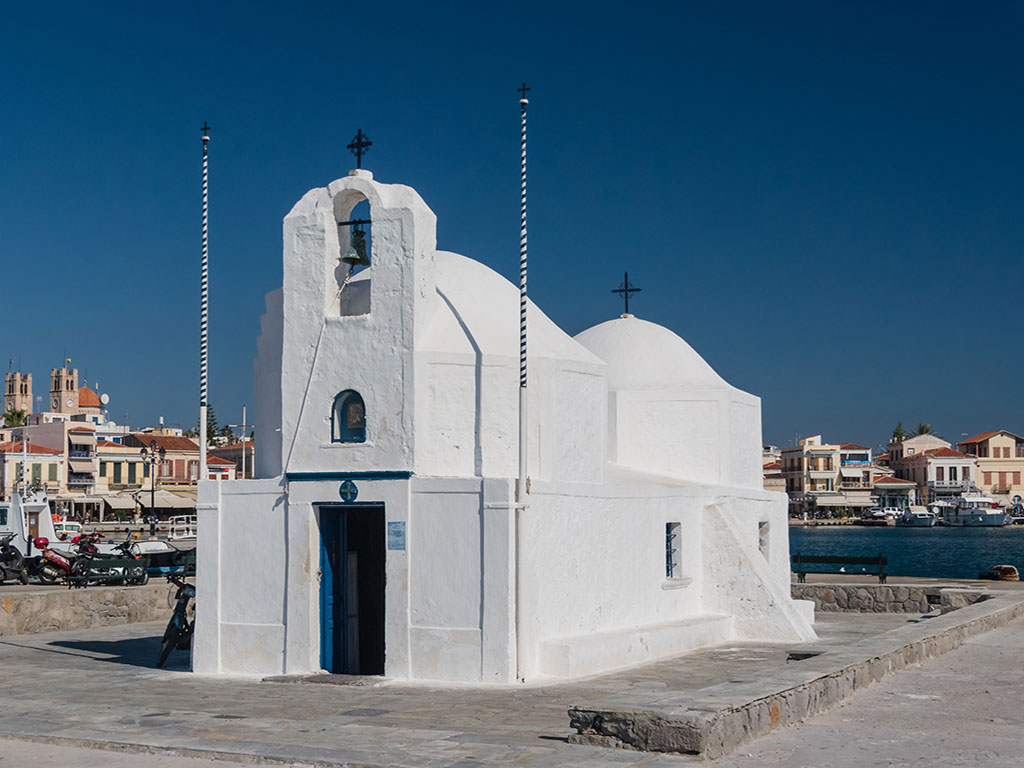Paleochora (Old Town) – Aegina
Paleochora (Old Town) – Aegina
In the Xantos region, on the steep hill opposite to the holy Monastery of Saint Nektarios, the ruins of Paleochora are preserved which was the Byzantine capital of Aegina, also known as “”island Mystras””. In the same area there was the ancient city of Oi, while already in the 5th-6th century there must have been Christian temples. The Byzantine settlement dates back to 896, when the inhabitants of Aegina moved here trying to avoid pirate raids. The city grew amphitheatrically on the hillside, with small, densely built houses, among which it was said to be 365 churches, one for each day of the year. From the beginning of the 13th century, Paleochora met different conquerors and suffered many disasters, with the most serious being that of the pirate Barbarossa in 1537. At the beginning of the 19th century, its inhabitants began to leave it and gathered in the current capital, so the buildings were deserted and they collapsed.
Today, on the hill you can see the ruins of the castle, built by the Venetians in 1654, and of the churches, of which only 38 survive. Most of these churchs are small, single-aisled, and they are characterized by the basilica type, while there are cruciform and twin churches, which were either dedicated to two saints or functioned for two different religious denominations. The frescoes of the temples, not well preserved in all the cases, are of exceptional art and represent the dominant artistic trends of the long period from the 13th to the 18th century.









